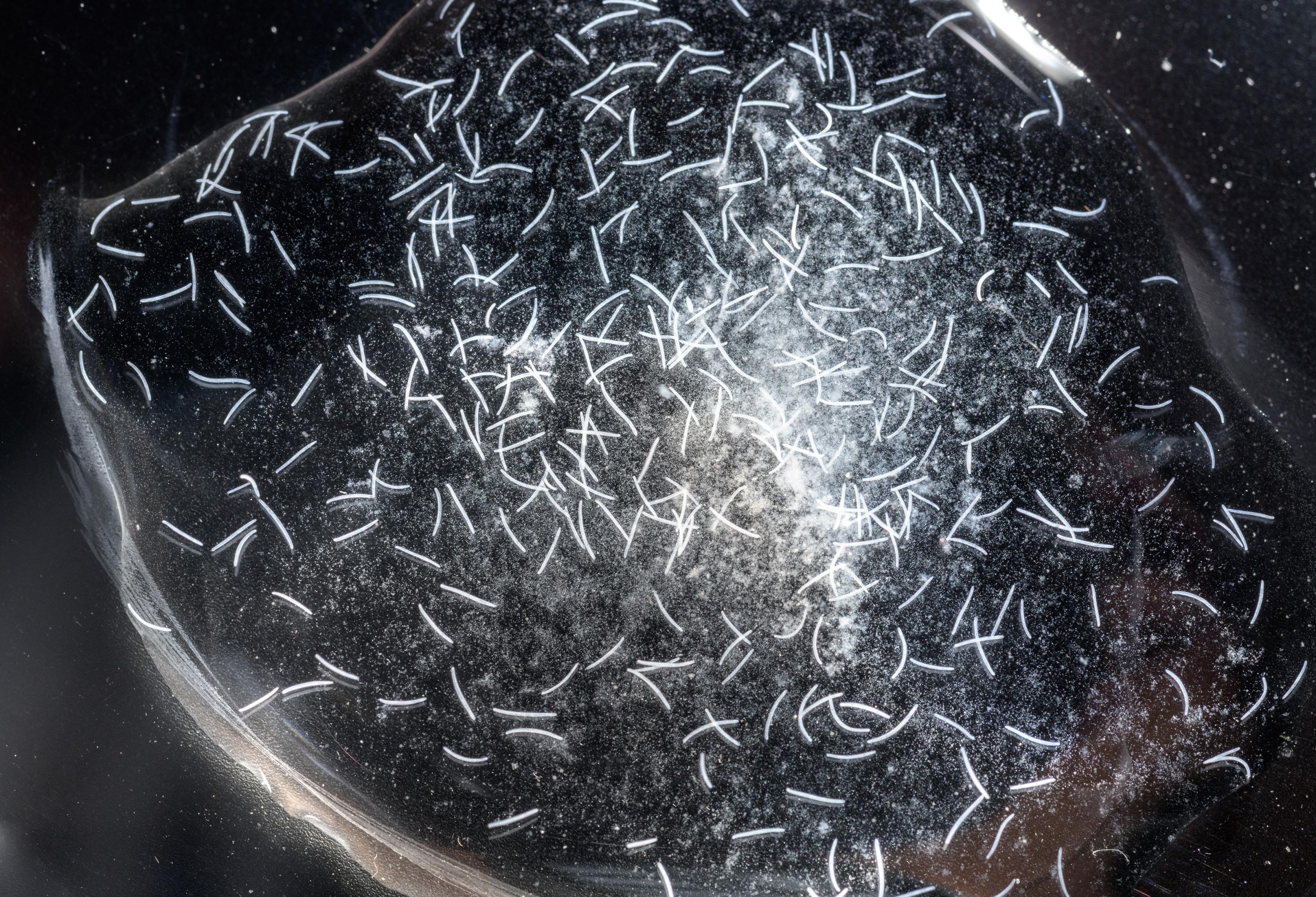These Are the Fastest Creatures on Earth But You'll Never Spot Them

Scientists have a plan to study the fastest creature in the world — and hope to use what they learn from its behavior to build tiny robots.
The creature isn't a cheetah or a falcon; instead, it's a single-celled organism called Spirostomum ambiguum, commonly found in bodies of water. Cheetahs can sprintat speeds of more than 60 mph (96.5 km/h), and falcons may dive at well over 250 mph (400 km/h). But S. ambiguum can move even faster, shortening its body by 60 percent into a football shape within "a few milliseconds," according to a press release.
But researchers have no idea how the single-celled organism can move this fast without the muscle cells of larger creatures. And scientists have no clue how, regardless of how the contraction works, the little critter moves like this without wrecking all of its internal structures. [5 Ways Gut Bacteria Affect Your Health]
Saad Bhamla, a researcher at Georgia Tech, received a grant from the National Science Foundation to study and model S. ambiguum's contraction motion at the subcellular level. He hopes to come to understand the motion well enough, he said, to break it down into ideas that could be used for robots.
"As engineers, we like to look at how nature has handled important challenges," Bhamla said in the release. "We are always thinking about how to make these tiny things that we see zipping around in nature. If we can understand how they work, maybe the information can cross over to fill the gap for small robots that can move fast with little energy use."
When you curl into a ball like the S. ambiguum, or sprint like a cheetah, or dive like a falcon (the latter is not recommended, except possibly into very deep swimming pools), you activate actin and myosin proteins in your muscle cells that contract to generate motion, the statement said.
But tiny creatures like S. ambiguum don't rely on proteins of that sort, Bhamla said. (S. ambiguum exists on a sort of fuzzy boundary between animals and non-animals. Older texts often considered single-celled "protozoans" like this, which have animal-like characteristics, to be part of the animal kingdom. But more recently biologists have tended to separate them into their own kingdom of life, known as Protista.)
Sign up for the Live Science daily newsletter now
Get the world’s most fascinating discoveries delivered straight to your inbox.
"If they had only the actin and myosin proteins that make up our muscles, they couldn't generate enough force to actually move that fast,” Bhamla added. "The smaller they are, the faster they [accelerate] — up to 200 meters per second squared [650 feet per second squared]. That's really off the charts."
Instead, the creatures use alternative, complex molecules to achieve both motion and tasks like moving their internal structures around.
Bhamla hopes, he said in the release, that the molecules at work in this motion might lead to meaningful technological jumps, which in turn could lead to improvements on existing nanorobot technology.
Originally published on Live Science.










